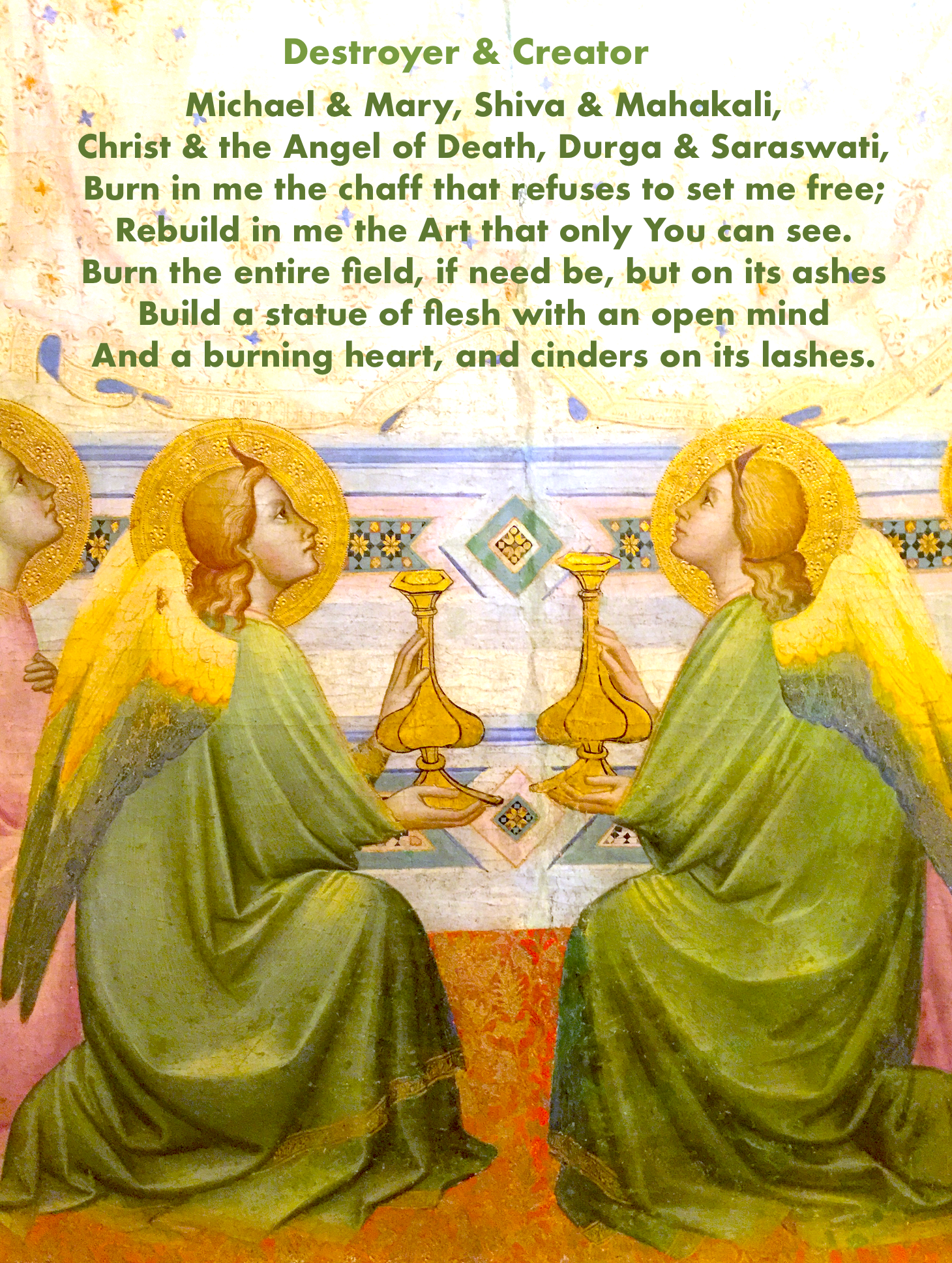Tangents & Diversions
🍏
The bulk of The Double Refuge is written in essay form, although I sometimes shift into fiction and autobiography. Two chapters are entirely fictional: in 🇫🇷 The Priest’s Dilemma a Parisian priest struggles with evolution and philology, and in 🍎 The Apple-Merchant of Babylon the business troubles of Moses lead him to a novel form of monotheism (these two chapters are excerpted from my sci-fiction novel Fractal Hearts). Two other chapters are autobiographical: ☠️ Ars Moriendi reflects on the death of my father and brother, and 🇲🇽 Señor Locke applies Locke’s theory about sense impressions to traumatic experiences I had (being robbed at knifepoint in Mexico City, and being held by criminals in Istanbul). This fictional and autobiographical veering away from exposition & argument is in keeping with my notion that while agnosticism and theism have abstract philosophical dimensions, they are based in personal experience.
This is especially true for agnosticism: at its heart it isn’t as much a system or doctrine as it is an open mode of operating and being. It urges us to think and feel critically, openly, and eclectically. Of course, religion can work in this open, critical way too, which is why I think of open agnosticism and open theism as the double refuge. Christian ecumenicalism goes some way in this, yet it often remains within the sphere of Christianity rather than becoming part of a global religious sensibility. Notable exceptions to this can be found in the writings of Walt Whitman, Ralph Waldo Emerson, Thomas Merton, Raimundo Panikkar, Bede Griffiths, or, more recently, Richard Rohr.
The following poem I wrote exemplifies what I mean by a global religious sensibility. In it I try to combine this sensibility with the desire to burn away the chaff, that is, to remove whatever stops us from connecting more broadly, from exploring and empathizing, from loving and forgiving, from reaching the grain or valuable substance which is protected yet also hidden by the chaff. In my poem the names of God are many, and are meant to emphasize the experience of purification and regeneration, which takes place invisibly inside each individual. God thus becomes Shiva, the God of destruction and creation, as well as Christ, the God who is killed and resurrected. In both agnostic and mystical thought, it doesn’t matter what the name is; it’s the principle of improvement and the experience of reconstruction that counts:
By and large religion is dominated by those who tend to think in exclusive terms, often promulgating the notion that their religion is the best. They set Christ against Krishna, Mary against Mahakali. Personal experience too often gets subsumed by the doctrine of a particular church, sect, or school — just as it does by the atheist doctrine of positivism, which argues that the only verification we can rely on comes from the scientific method. Agnostics, by the very nature of their philosophy, are loathe to make such claims to exclusivity and superiority. It’s why agnostics aren’t bothered in the least if an agnostic embraces faith or leaves it altogether — that is, if they stop being an agnostic and become a theist or an atheist. It’s the sincerity of the search and the honesty of the appraisal that counts.
🍏
While The Double Refuge has themes and threads, I have a laissez-faire attitude in the pages themselves, taking tangents wherever I think they might yield some insight. A certain amount of latitude seems especially appropriate in exploring the relation between poetic agnosticism and mystical theism, both of which seem to me sliding, floating endeavours. It may be that if you’re willing to explore everything, you’re likely to shift your bearings quite often, and at times quite abruptly. Even to include humour, as when I have Moses in The Apple Merchant of Babylon get so frustrated by the Indian apple sellers that he invents a new religion. Or by seeing God as the Scarlet Pimpernel, having fun rather than making fun of what’s so often seen as exclusively serious:
In my exploration of doubt & belief I follow timelines and threads, but beyond these there are other trajectories and fabrics. Much as beyond Miró’s blue blob there’s a galaxy of gold and black lines with hints of stars and justice, of upside-down smiles and beings on faraway planets.
The lines we type onto the page or Internet stretch so far from us that eventually they become other, our scheme intersecting with other schemes, until we suspect that the universe is full of patterns and schemes. To impose a pattern or gospel on the universe says more about us than it does about the cosmos.





